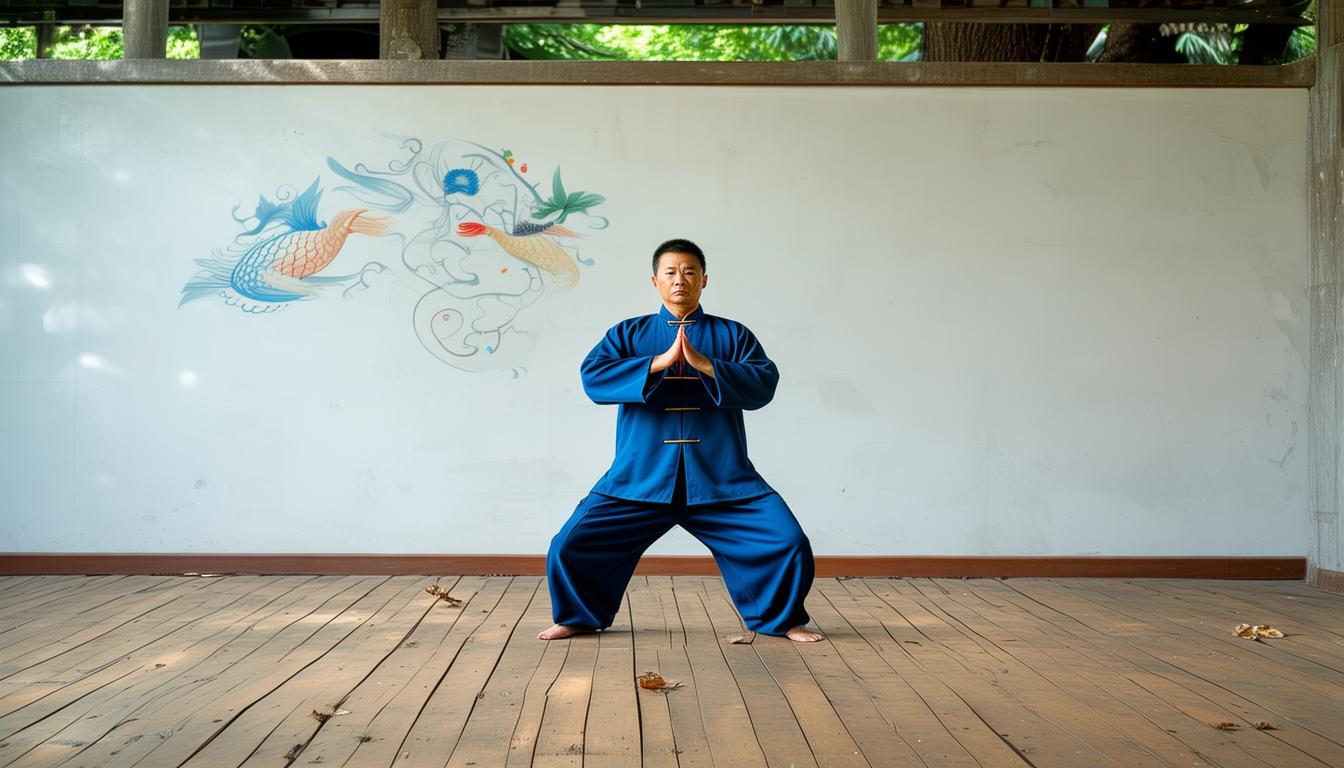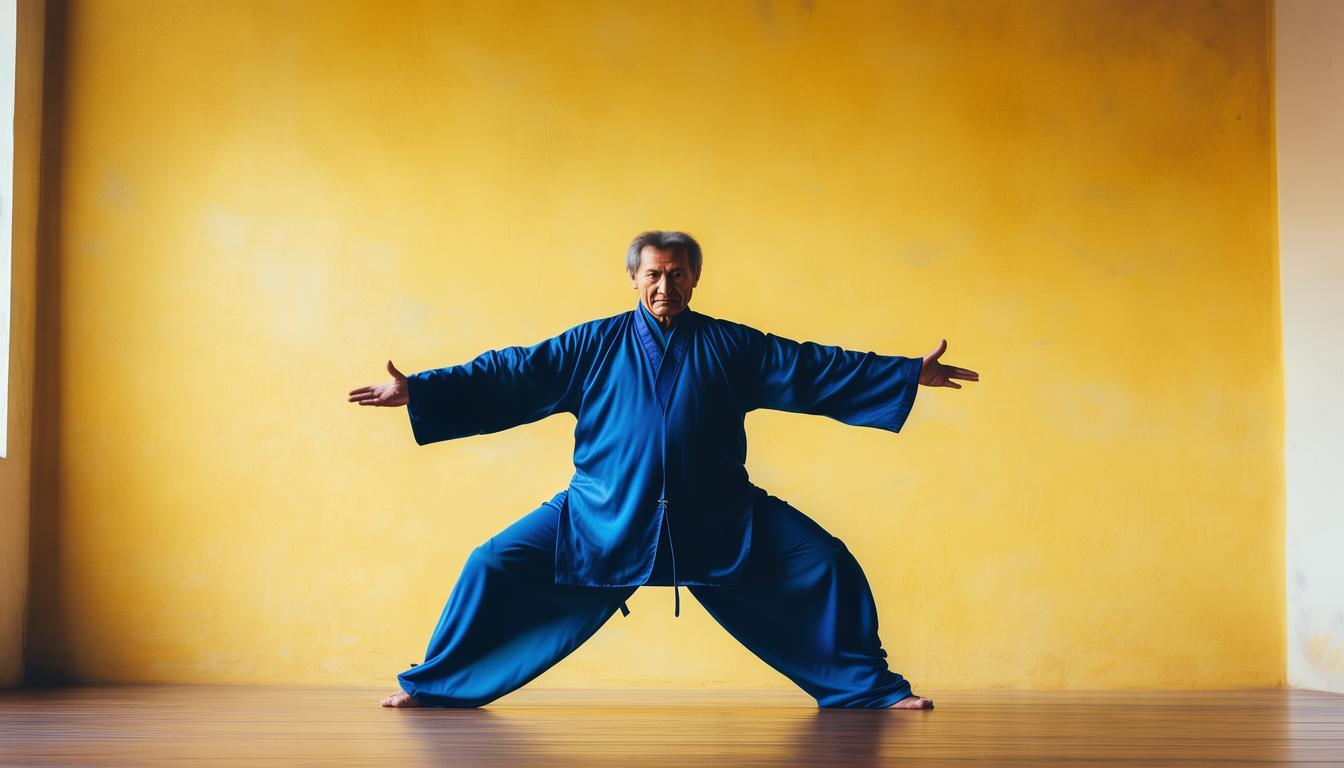Tai chi isn't just a solidary practice but a vast landscape of exercises, each with its own charm and benefits. Whether you're a novel seeking gentle movement or an experienced practicer aiming for a more extensive challenge, there's a tai chi style for everyone. Let's explore these unique styles together.
Yang Style Tai Chi
Yang style is often the first stop for many beginners. Its large, flowing movements are easy on the joints, making it highly accessible. The slow and steady pace allows new practicers to focus on form and breathing. When I first started learning this style,I was immediately drawn to the grace of the movements Tai Chi Courses Online , like a river slowly meandering through a valley. It's a great way to build a solid foundation in tai chi. Many older adults also favor Yang style as it can enhance balance and reduce the risk of falls, making it both practical and enjoyable.

Chen Style Tai Chi
If you're looking for a bit more intensity, Chen style tai chi is the way to go. It incorporates both slow and fast movements, along with silk – reeling energy, a concept that involves a spiraling motion within each movement. This style is like a thrilling dance that combines strength and finesse. Practicing Chen style makes you feel as if you're unleashing a hidden power within. It can improve muscle strength and cardiovascular health, providing a well – rounded workout for both body and mind.
Sun style tai chi is known for its light and agile steps. The movements are smaller compared to Yang style and create a seamless flow between postures. It's as if you're floating on clouds, with each step and movement connecting smoothly. This style emphasizes the connection between the mind, body, and breath. For those who are short on time, shorter routines in Sun style can still offer significant benefits. It's perfect for those who want a more dynamic yet compact practice.
Wu (Hao) Style Tai Chi

Wu (Hao) style is a more internal – focused style, often described as the most "pure" form of tai chi. It pays close attention to the alignment of the body and the use of internal energy. When practicing this style,I feel like I'm having a deep conversation with my own body Tai Chi And Diabetes Courses Online , understanding its subtleties. The movements are more compact, which is great for those with limited space. It helps in cultivating a sense of calmness and self – awareness, as you can feel the energy circulation within you.
Wu style tai chi has a distinct upright posture and small, circular movements. It gives practicers a sense of stability, like an ancient tree rooted firmly to the ground. This style is excellent for improving leg strength as it spends a significant amount of time in low stresses. Even during everyday activities,you can feel the improvements in balance and stability gained from Wu style. It also allows for a more personalized practice as you can adjust the level of difficulty according to your own ability.
Which of these tai chi styles do you think you'd be most interested in trying? If you find this information useful types of tai chi exercises , don't forget to like and share!



Leave a Reply